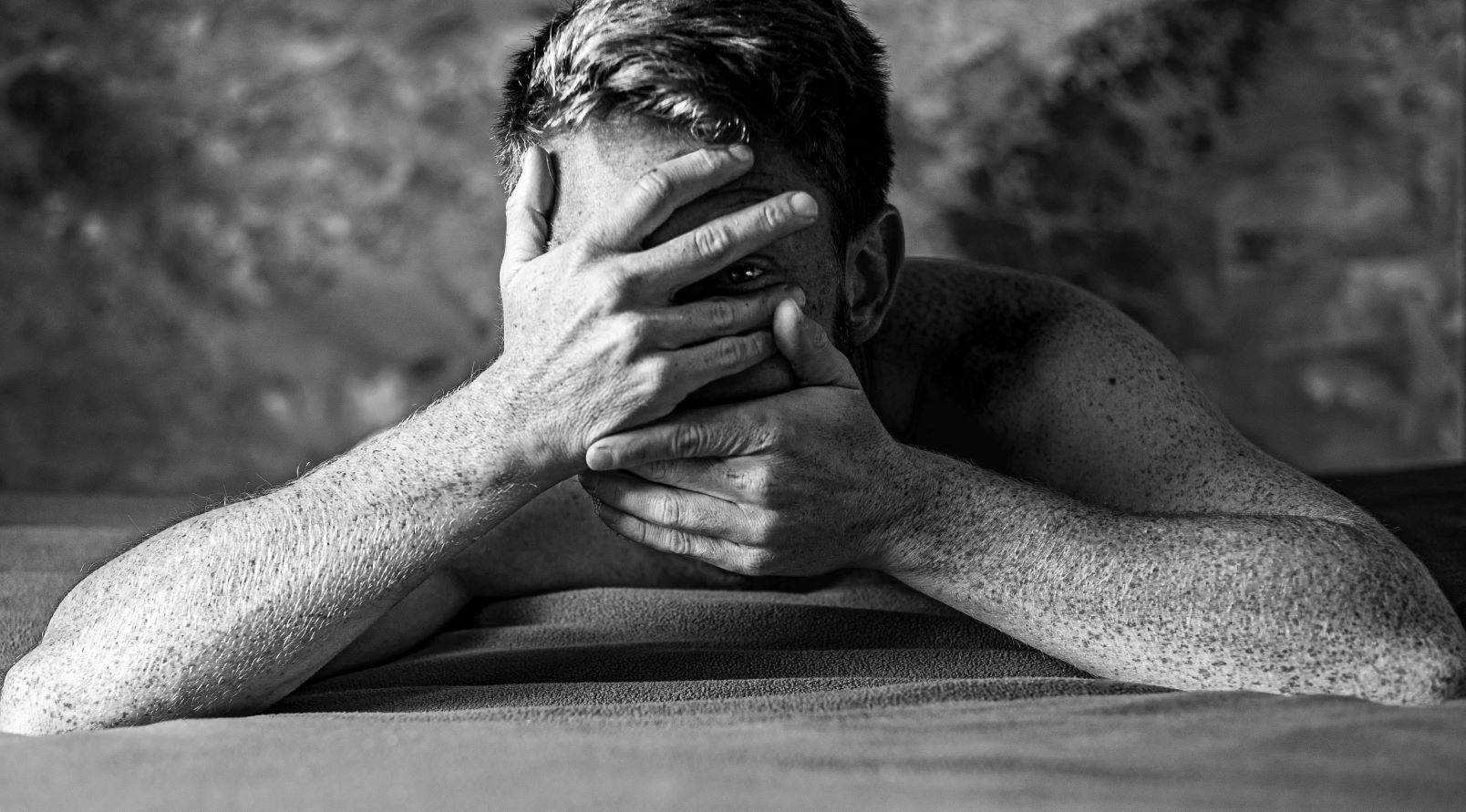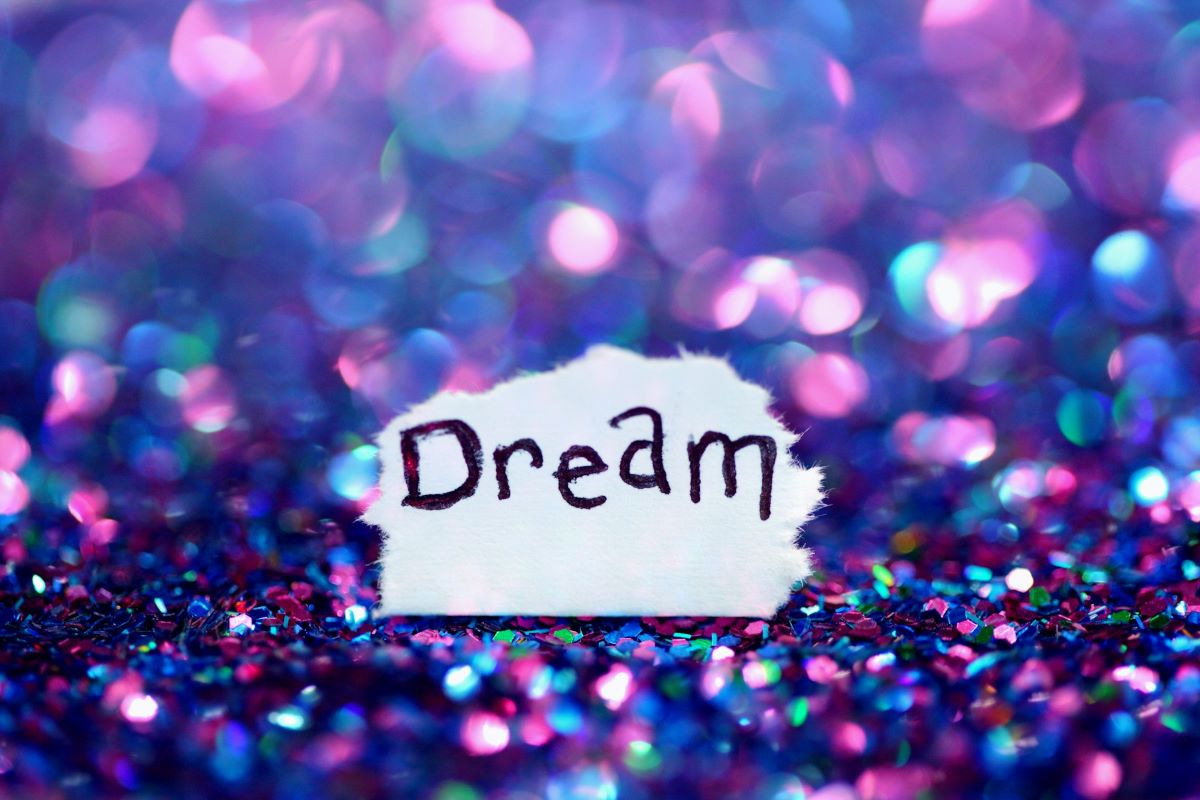TheLitPerspective is your one-stop shop for everything that ignites the spark of curiosity within you.
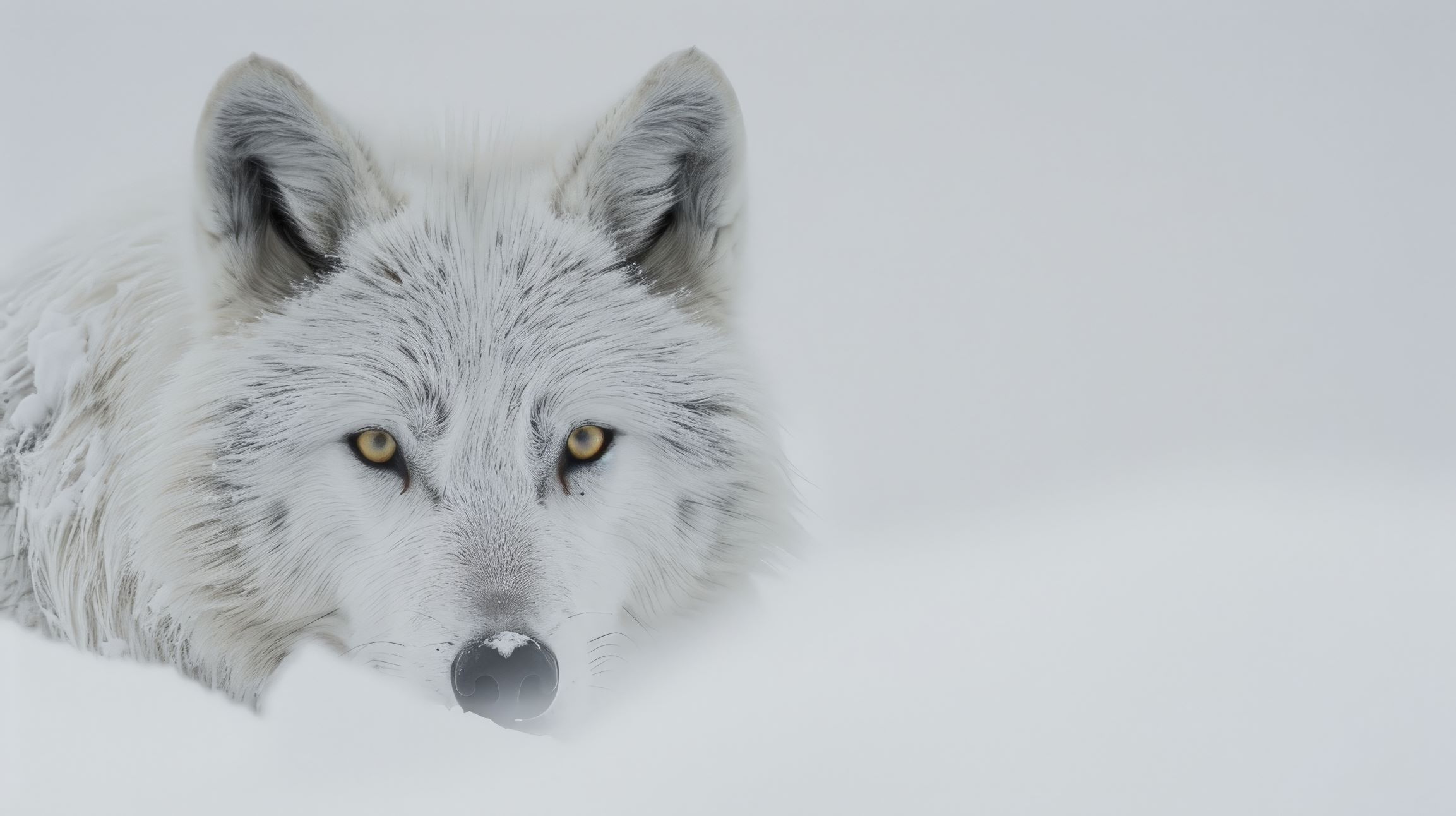
Wolves Within: How to Feed the Goodness in Humanity
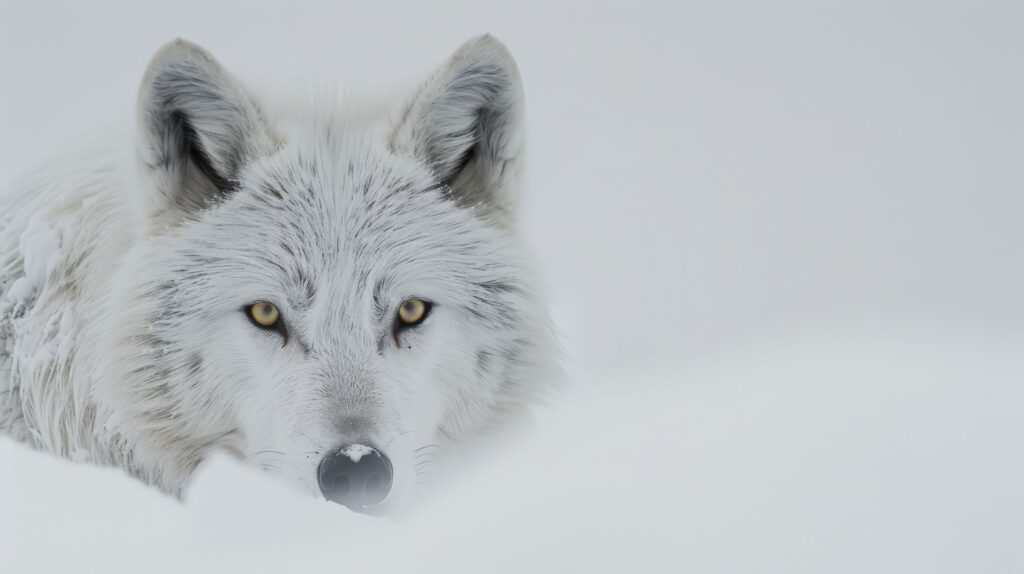
The story of two wolves is an old Cherokee tale passed around for people to reflect on the evil and goodness in humanity. Encompassing the raw truth in their nature, it posits that regardless of how well-mannered and kind people are, they still have a side to them that lurks in the shadows. The parable defines these two wolves as good and evil, a forward description of what the story entails.
The Two Wolves
Despite its centuries of existence, the Cherokee tale is ever-relevant to humanity. This shared wisdom reflects the profound truth that there is a constant battle between good and evil within people.
Gifted with free will and a mind to make conscious and personal decisions, people always have the capacity to do good and evil. There’s not only goodness in humanity but also an innate ability to do immorality. Everyone has a clear understanding of what’s good or bad, and the only thing hindering them from doing the latter is choice and self-control.
Taking it back to the old Cherokee tale, within everyone are two wolves – one good, one bad – and it’s up to them to feed whichever they believe does them good.
A Story Modernly Replicating the Tale
A story that shares a similarity to the parable can be found in the book written by Pamela Roberts Lee. Although hers is more complicated, at its core, Pamela Roberts Lee’s The Darkness at Dawn provides an intimate look at the struggle between good and evil in humanity. It’s one of those books about betrayal and moral dilemmas, a story capturing the best and worst of humans.
The book follows a 40-year conflict between two characters, John Lee and Richard Hawkes. Each has motives and reasons to take on a side against one another.
A story of good vs evil, the book’s recurring characters capture a side deeply interwoven in people: the wickedness and goodness in humanity. Richard Hawkes is the definition of evil himself. Renowned as a thief and a murderer, he encapsulates immorality throughout the story’s decades of conflict, showing no signs of remorse or capacity for change. On the other hand, John Lee encompasses the goodness in humanity. He’s someone who devotes his life to a purpose, vowing to grapple against evil. While Richard continues terrorizing the community, John takes it upon himself to stand against his counterpart and ensure he gets the judgment he deserves.
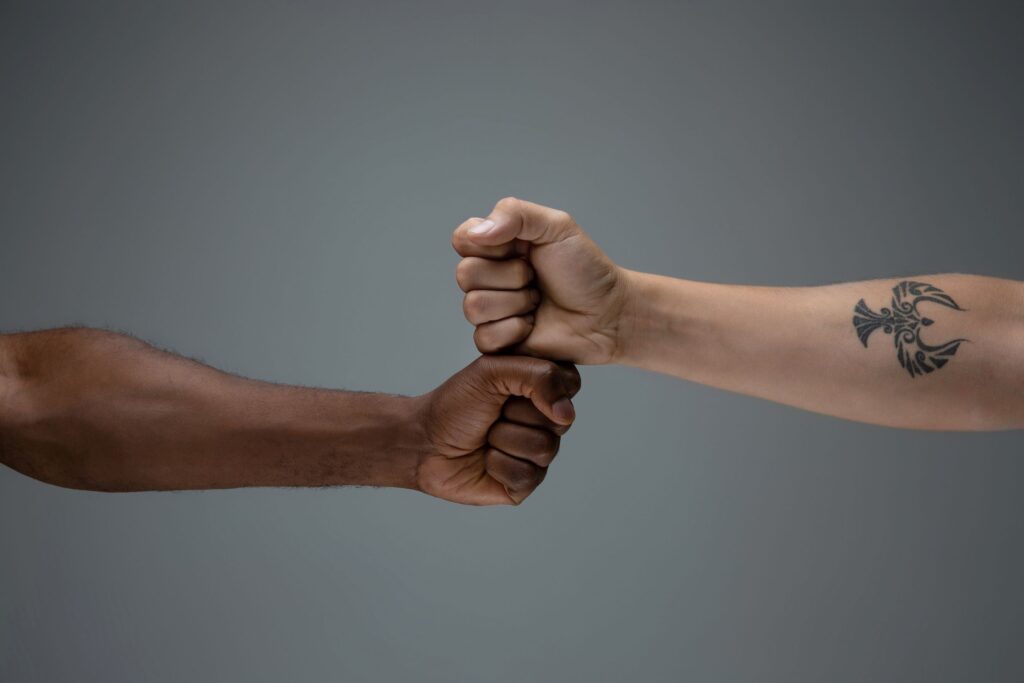
The story follows two different characters, each capturing the essence of goodness and evil. However, like the tale of two wolves, this story can be a reflection of both sides that are within every human.
Just as there’s a satisfying ending to every story, the triumph of goodness against evil, how do people ensure their good wolf wins over the bad?
What Is the Meaning of Human Goodness?
Before uncovering how the goodness in humanity prevails, there must first be a discussion of what this goodness entails. Goodness is such a massive concept branching out into hundreds, if not thousands, of different behaviors, encompassing what it means.
Although it can be tough to believe, especially with how prevalent societal problems have become, there is a believed goodness in humanity. People are said to be innately kind, helpful, and honest. But at the same time, they can also be the opposite.
While this goodness in humanity is already engraved in everyone, how the world now feeds its contradicting side. The brain is wired to detect negativity due to how it’s meant to protect people against threats and danger. However, this nature forces it to consume the negativity ever-present in the world, feeding people’s so-called “bad wolf.” This leads them to gradually become cynical and angry, overpowering the human goodness within them.
So, how do people show up to feed their “good wolf?”
Growing This Goodness in Humanity
The good thing about this whole good wolf vs bad wolf narrative is that the choice is entirely up to people. They decide which side of themselves they’re feeding, which they’ll be bringing to light. Once they’ve made the choice, people can consciously create a shift in their behaviors.
Where do they start?

Practice Gratitude
Where there is bad, there is good. The evil in the world is undoubtedly, and it cannot be ignored. It’s prevalent every day and seeps through every crevice of life. However, people shouldn’t be blinded by this because if they look closer, they will notice the inherent goodness everywhere.
There is beauty in most things, and if people unload themselves of anger and resentment, they will learn what constantly feeds their “good wolves.”
When people consciously seek to look at abundance instead of what may seem threatening, they learn to shift their focus to the positive things. This doesn’t mean they will be indifferent to what can cause harm. This isn’t to tolerate what’s dangerous. Rather, this is simply realizing and recognizing that there will be good even on days that aren’t.
Make the Best of Life
Life is too short to be spent on negativity. People may get too stuck on this, hoping something good will come from it or they will sort things out. But often, negativity will never bear goodness. Hence, instead of getting stuck in a single moment or situation, people should learn to get out of it. Let go of those they aren’t in control of, and learn to embrace life’s bests.
When they acknowledge the good things and momentarily shut down the bad, they will experience how life unfolds beautifully. People choose which wolf they feed. They decide which matter, situation, or emotion they allow in their brains. Cultivating goodness in humanity is all about perspective and what people nurture in their minds. Life depends on the quality of one’s thoughts. Hence, proactively choose positivity. Choose what does good, and only then will they be feeding their good wolf.
If you’re interested in the battle between good and evil as narrated by Pamela Roberts Lee, grab a copy of her book The Darkness at Dawn now!

Witty and whimsy. As a writer, Mia finds a pleasant balance between clever and creative. With years of experience under her name, she aims to add meaning to your life through the articles she writes.


